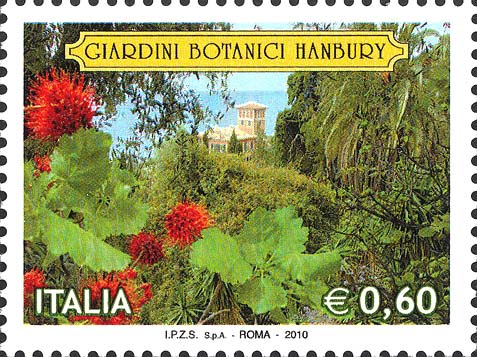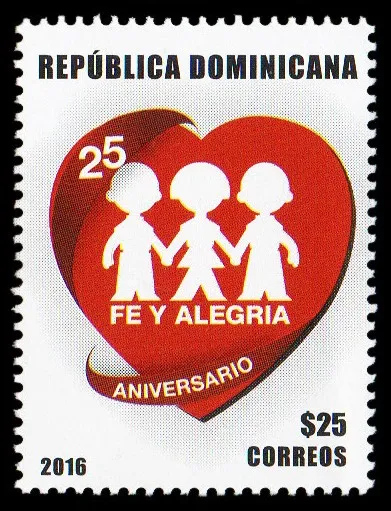
With the rapid spread of the use of stamps, the phenomenon of their collecting, the philosophies was also born in a short time.
It was the French collector Georges Herpin who coined in 1864 the term "philetelist", neologism of Greek etymology which means "lover of the absence of tax": a concept perhaps a little arid to describe the passion of many philosophies, but that quickly imposed itself in many languages of the world.
A modern stamp lister
Initially, the stamps were recovered from the correspondence and used for decorative purposes, until the first collectors' books appeared (the first in 1860), and the stamp became good with a collector's value separated from the nominal one.
It dates back to 1861 the first catalogue of stamps by the French Alfred Potiquet, which was based on the work done a few months before the compatriot Oscar Berger Levrault. On December 15, 1862, the first copy of the Monthly Advertiser was published, the first magazine specialized in the philosophic field to have a lasting future, but preceded by British Monthly Intelligence.
As stamps were of rare frequency and limited to a few nations, the first philosophies dedicated themselves to the general collections of stamps from all over the world - something unthinkable today, given the enormous amount of stamps issued annually.
The first practical help for Philistines was accompanied by the first meetings of collectors: As early as 1856, the first philanthropist meetings took place in the United States, while in 1866, in the USA, the foundation of the Excelsior Stamp Association, the world's first philthelic association, was founded.
On 18 March 1872 by J.W.Scott the first yarn auction catalogue was compiled.

